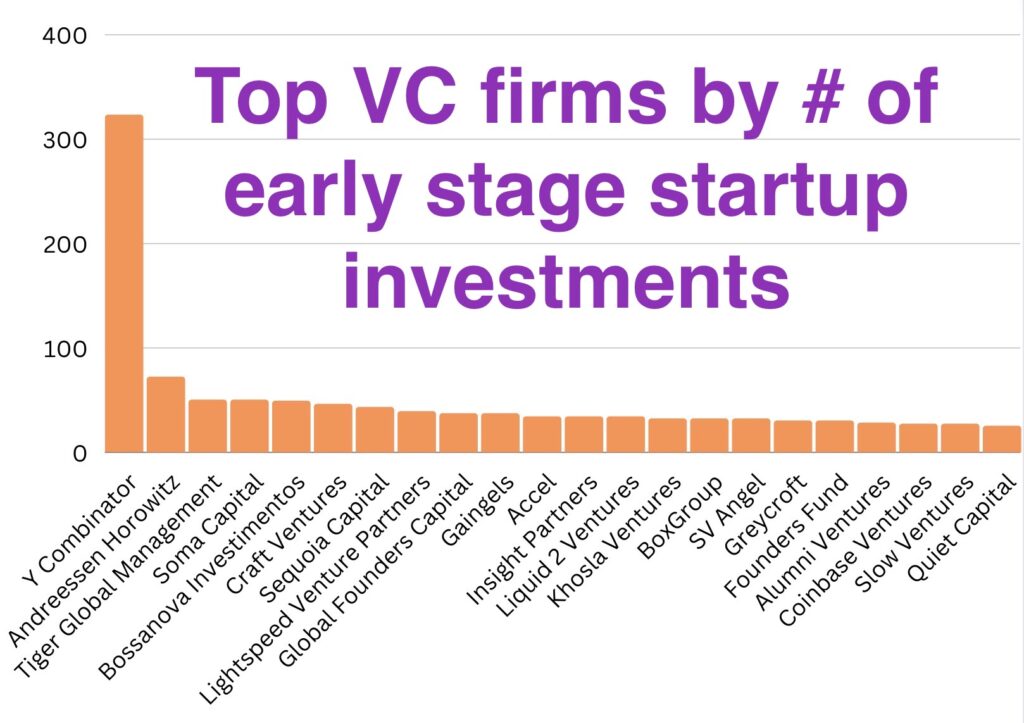Navigating the Venture Capital World: A Guide for Aspiring Investors and Entrepreneurs
The world of venture capital (VC) has long been shrouded in mystery and intrigue, often perceived as an exclusive domain reserved for seasoned investors and elite startups. However, the democratization of information and the rise of online platforms have opened up this once-opaque sector to a wider audience, making it more accessible than ever for both aspiring investors and entrepreneurs seeking funding.
Demystifying Venture Capital: What is it and How Does it Work?
Venture capital, in its essence, is a form of private equity financing that provides funding to early-stage, high-growth potential companies. These companies, often referred to as startups, are typically characterized by innovative ideas, disruptive technologies, and a strong ambition to revolutionize their respective industries.

VC firms, the entities behind these investments, are composed of experienced investors who pool together capital from various sources, such as institutional funds, wealthy individuals, and even pension plans. They meticulously assess potential investment opportunities, scrutinizing the startup’s business model, market potential, and management team.
Upon selecting promising startups, VC firms inject capital in exchange for equity ownership, becoming partial proprietors of the company. This financial support enables startups to fuel their growth, expand operations, and bring their innovative ideas to life.
The VC Lifecycle: From Seed Stage to Exit
The VC investment process typically follows a well-defined lifecycle, characterized by distinct stages that align with the startup’s growth trajectory.
- Seed Stage: The earliest stage of funding, typically involving small investments ranging from $10,000 to $500,000, often used to validate the startup’s concept and develop a minimum viable product (MVP).
- Early Stage: With a more established product or service and initial traction, early-stage funding rounds can range from $500,000 to $5 million, enabling the startup to expand its team, refine its product, and penetrate the market.
- Late Stage: As the startup gains momentum and demonstrates significant growth potential, late-stage investments can reach upwards of $50 million, fueling the company’s expansion into new markets, product development, and potential acquisitions.
The VC Exit Strategy: Harvesting Returns
The ultimate goal for VC investors is to realize a return on their investment, typically achieved through two primary exit strategies:
- Initial Public Offering (IPO): The startup goes public, listing its shares on a stock exchange, allowing investors to sell their equity stakes to the general public.
- Acquisition: A larger, established company acquires the startup, providing VC investors with a cash payout for their equity.
The Allure of VC: High Risk, High Reward
Venture capital is undoubtedly a high-risk investment, with a significant portion of startups failing to achieve their full potential. However, the potential rewards are equally compelling. Successful startups can generate exponential returns for their investors, making VC an attractive investment avenue for those with a high tolerance for risk and a penchant for innovation.
Navigating the VC Landscape as an Investor
For aspiring VC investors, venturing into this dynamic world requires thorough preparation and a discerning eye.
- Due Diligence: Conduct rigorous research on potential investments, assessing the startup’s market opportunity, competitive landscape, financial projections, and management team.
- Diversification: Spread your investments across multiple startups to mitigate risk, as the majority of VC investments will not yield substantial returns.
- Seek Expertise: Consider partnering with experienced VC firms or advisors to gain insights into the industry’s nuances and make informed investment decisions.
Navigating the VC Landscape as an Entrepreneur
For entrepreneurs seeking VC funding, understanding the VC landscape and effectively pitching to investors is crucial.
- Refine Your Pitch: Develop a compelling pitch deck that clearly articulates your startup’s unique value proposition, market opportunity, and financial projections.
- Target the Right Investors: Identify VC firms that align with your industry and investment stage, demonstrating a genuine understanding of their investment philosophy and portfolio companies.
- Network and Build Relationships: Engage with the VC community, attending industry events and conferences to build connections with potential investors.
The venture capital industry is constantly evolving, adapting to the ever-changing technological landscape and emerging trends. With the rise of artificial intelligence, biotechnology, and sustainable solutions, VC firms are increasingly seeking opportunities to support startups that are shaping the future.
As the world embraces innovation and entrepreneurship, VC is poised to play an even more prominent role in fueling the growth of transformative companies that are shaping our world.





